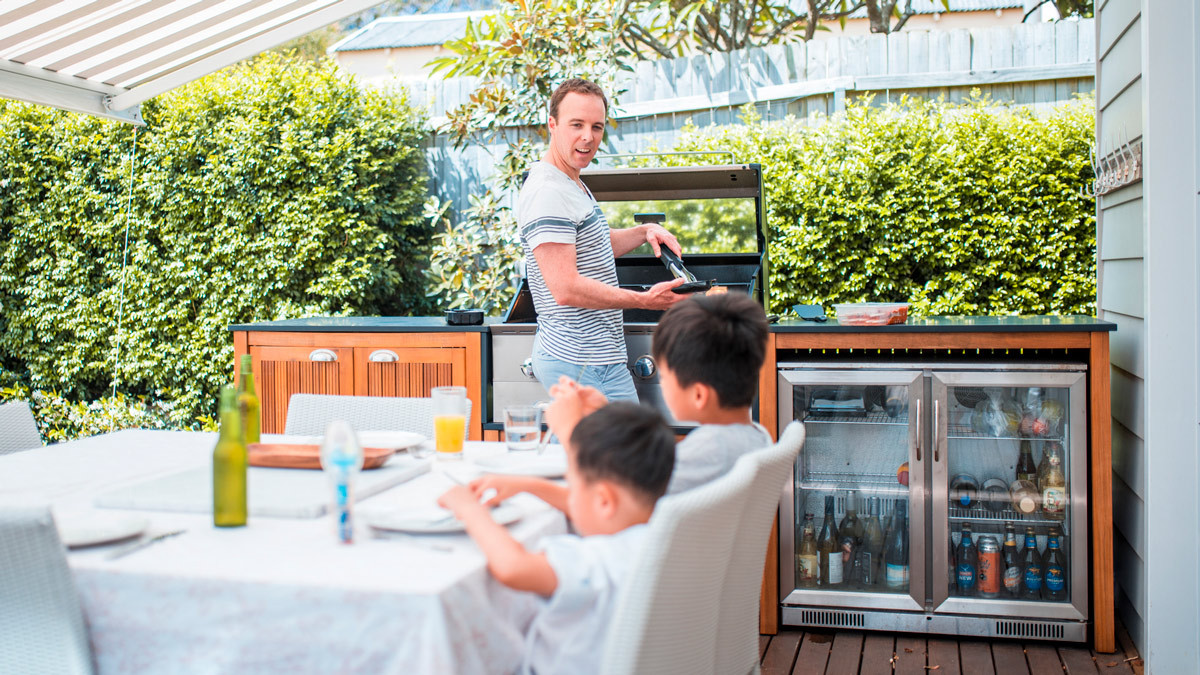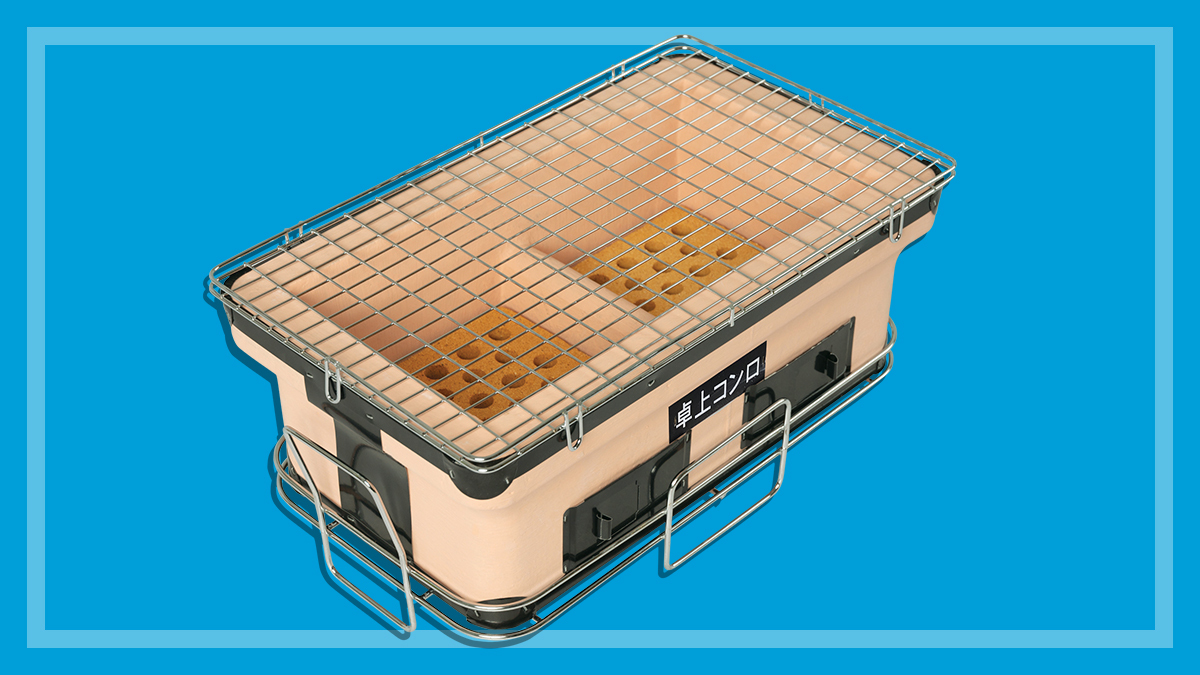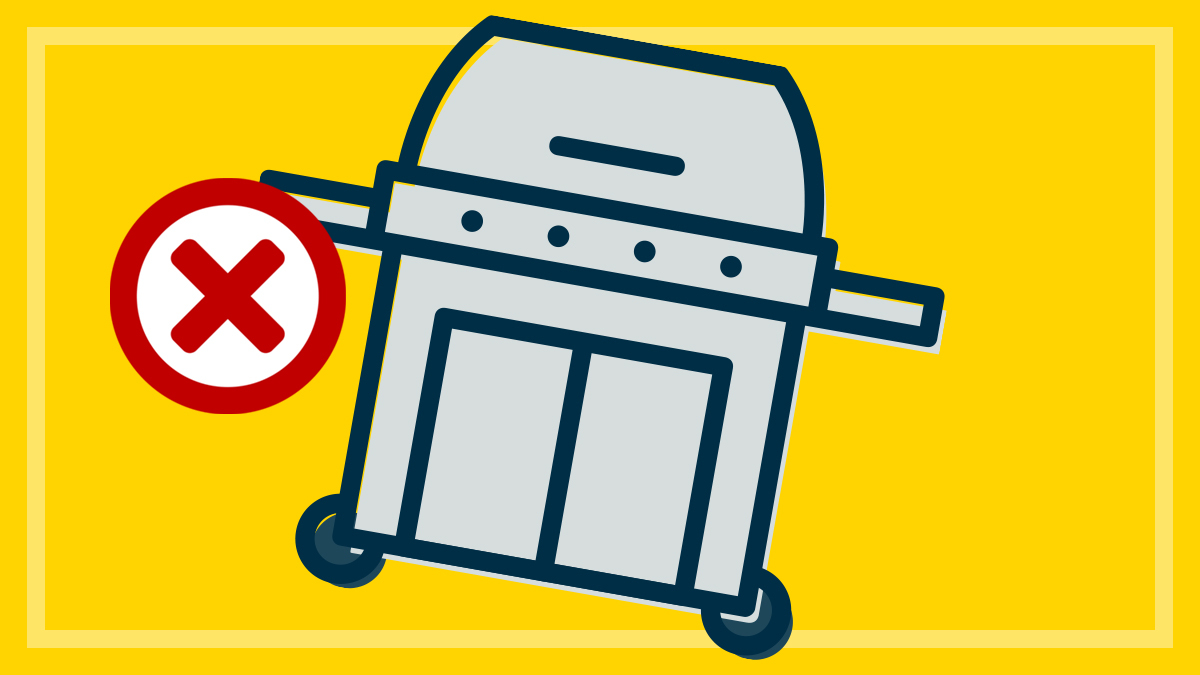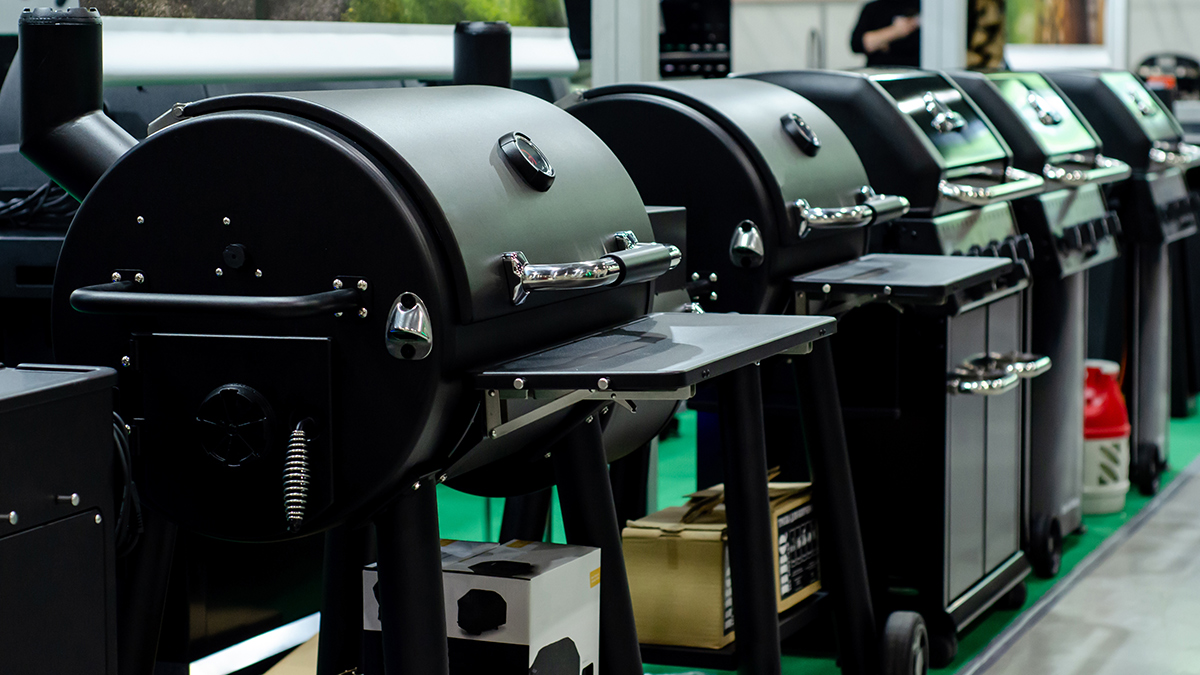Get our independent lab tests, expert reviews and honest advice.
The 8 barbecue habits our CHOICE kitchen experts swear by

Every year, the CHOICE resident barbecue pros Chantelle Dart and Fiona Mair get out their aprons and tongs to put the latest barbecues to the test in our kitchen lab.
They’ve cooked thousands of steaks, sausages and chooks over the years, which means they know how to get the best from a barbie.
We asked them for their top expert tips to becoming the ultimate chargrill chef, and this is what they said.
Before you get grilling
1. Choose the right fuel
The type of fuel and the type of barbecue you’re using makes a huge difference to what you’re cooking, says Fiona.
Gas barbecues heat up faster and are generally easy to control and use. But if you want to get that smoky, charred flavour, you need to use charcoal or a pellet barbecue.
Getting a smoky flavour using gas
If you want the type of results you get from a charcoal or pellet barbecue, but you’ve only got a gas barbecue, you could DIY it.
“It’s pretty easy to create a homemade version of a smoker box,” says Fiona.
“Wrap wood chips in foil, and pierce a few holes at the top of the foil pouch to let the smoke out. Place the packet directly on the grill plate above a burner while the barbecue is preheating, and it’ll start producing smoke that will infuse the food as you cook.”
Then, she says, you add your meat, and remove the wood chips halfway through the cooking time.
One final tip from Fiona: “Avoid opening the hood too much as it lets the heat out and slows down the cooking process.”
2. Prep properly
You’ll get the best results from using the freshest and best quality meat, vegetables and seafood you can afford. You can, however, improve a cheaper cut of meat by marinating it for at least a few hours or overnight.
“This will really help tenderise the meat and add flavour,” says Fiona.
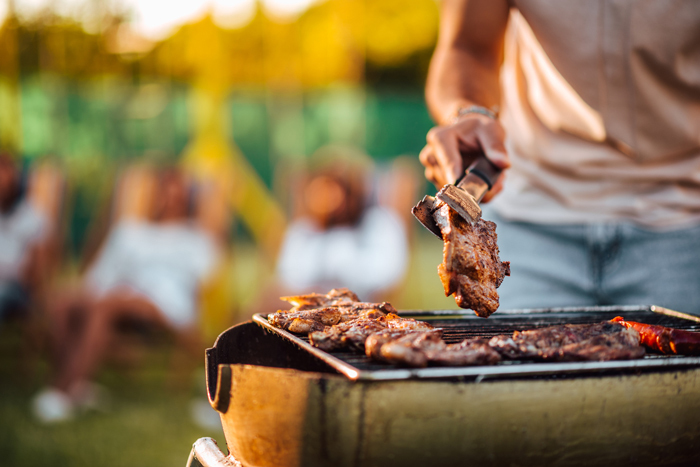
Here’s her go-to tenderising marinade:
- 1 sliced garlic clove
- 1 teaspoon Dijon mustard
- 1 tablespoon soy sauce
- 1 tablespoon olive oil
- 1 tablespoon Worcestershire sauce
- 1 tablespoon balsamic vinegar.
Place meat in a large bag with the marinade, season with black pepper and add a few sprigs of rosemary. Using the ball of your hand, gently press the meat out flat and massage the marinade in and set aside for at least three hours or overnight.
And regardless of what protein you’re cooking, don’t forget to remove it from the fridge at least 30 minutes to an hour before cooking.
“Bringing your meat to room temperature before cooking will give you juicier and more evenly cooked results,” says Chantelle.
3. Treat large cuts of meat
Another prep trick to elevate your BBQ is to brine and dry rub large cuts of meat. It not only adds incredible flavour but will guarantee the most juicy and succulent results.
Here’s Fiona’s go-to technique when slow cooking meats such as briskets, topside, whole turkeys and whole chickens in the barbecue:
- Bring 1 litre of water to the boil and remove from heat.
- Whisk in 80g salt until it has completely dissolved, then set aside to cool completely.
- Add the meat to the brine, cover and place in the fridge overnight or until ready to cook.
- Remove the meat from the brine and pat dry with paper towel.
- Generously sprinkle with a dry rub mix (5 teaspoons unsmoked paprika, 1½ teaspoons of freshly ground black pepper, ½ teaspoon of garlic powder and 1 tablespoon onion powder) and massage into the meat.
- Cook indirectly (not over a direct flame) on a low temperature (about 90–110°C) for up to 4–5 hours with the hood closed.
CHOICE tip: For indirect cooking on a three- or four-burner barbecue, turn on just the outside burners and put the meat on a tray in the middle of the grill, away from the flames.
Let’s get cooking
4. Cook with the hood down
Both Chantelle and Fiona prefer to cook with a hooded barbecue.
“It allows you to cook so much more,” says Fiona.
“You can use a hooded barbecue in a similar way to an oven and cook everything from sausages and ribs to whole fish, roasts, whole cauliflowers and pumpkins and jacket potatoes.”
“Cooking with the hood down will cook things faster, and you’ll also get less flare ups and juicier food,” adds Chantelle.
Remember to always rest your meat after cooking it, too, as this gives the juices more time to settle and gives more succulent results. Steaks should be rested for 5–10 minutes and roasts for at least 20 minutes.
5. Make foil your friend
Aluminium foil is your secret weapon when barbecuing, says Fiona.
You can wrap fish and vegetables in foil to steam them, and use sheets of foil to help meat cook more evenly – either by covering up areas that are cooking too quickly, or by covering whole roasts with foil before cooking.
This will also help speed up the cooking time. Just remove the foil at least 30–40 minutes before the end of cooking to allow it to caramelise and get evenly browned and crisp.
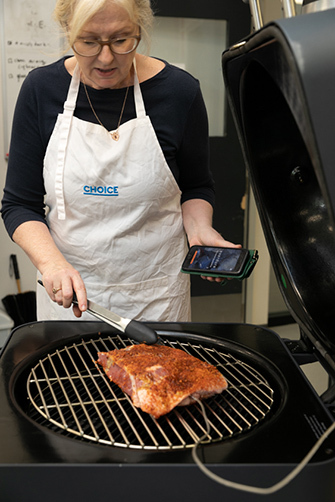
6. Use a meat thermometer
“If your barbecue has a thermometer on the hood, you can use it to easily monitor the temperature inside, and use your barbecue like a second oven to roast or bake,” says Chantelle.
But if you want perfect BBQ results, a meat thermometer is a must. It helps ensure your meat is cooked to the right temperature, so you won’t accidentally cook your chook to a crisp or create a food poisoning fiasco with undercooked meat.
“A meat thermometer is an essential piece of cooking kit – it reveals exactly what’s going on inside your steak or roast,” says Chantelle.
“You just insert it into the meat to test the internal temperature, which will tell you how cooked it is. For a medium-rare steak, for instance, your thermometer needs to register 63°C in the middle.”
And if you don’t want to have to keep checking the meat to see if it’s done, there is, of course, an app for that.
“Some barbecues now incorporate smart technology and have digital meat probes that connect via Bluetooth to your smartphone, so you’ll get an alert when your steaks are ready,” says Chantelle.
After the cook-up
7. Keep it clean
No-one likes cooking on a grotty and greasy barbecue, and there’s nothing worse than pulling out the barbecue when you’re ready to cook dinner and finding it dirty from last weekend’s cook-up.
“A clean barbecue is a safe barbecue,” Fiona says.
Pre-lining your drip trays with foil will make cleaning easier
“Cleaning away the grease and fat that accumulates after cooking will help reduce flare-ups, and scrubbing off any food that has stuck to the grill could help prevent the spread of bacteria and potentially avoid an invasion of cockroaches and flies.”
The easiest time to do it is while the barbie is still warm.
“Ensure you brush any food residue off the grill plates while your barbecue is cooling using a non-metal brush (preferably an all-natural bristle brush) and remove fat from the drip trays. Pre-lining your drip trays with foil will make cleaning easier.”
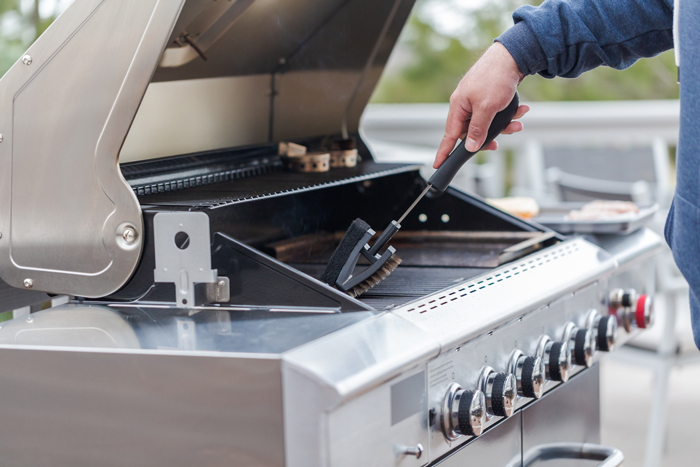
8. Look after your gas bottle
“It’s really important to take good care of your gas bottle,” says Chantelle. “Turn off the gas at the gas bottle between uses and store it out of direct sunlight.”
Some barbecues come with storage for gas bottles, perhaps a spot underneath the barbecue or a hook for it to hang on, which can be useful to keep them safely tucked out of the way when not in use.
“When you’re finished cooking, take a look at the gas level and check whether you need to get a refilled bottle. That’ll save you running out of gas next time you want to cook something,” says Chantelle.


